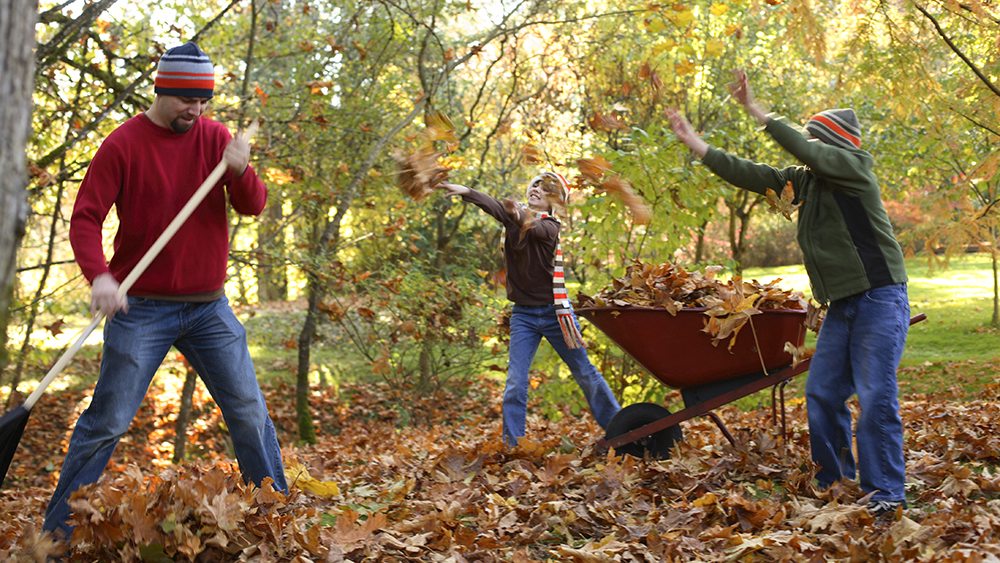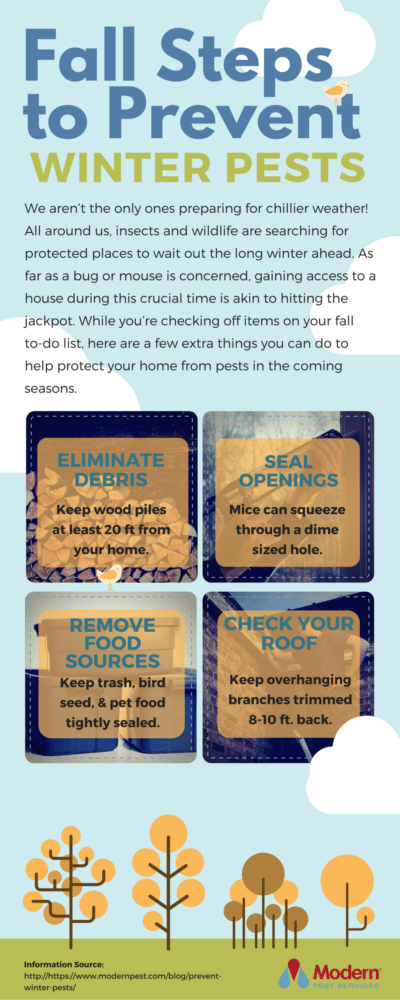 We all know what’s coming, but many of us are still in denial. The morning temperatures have steadily been dropping. Snowbirds are abandoning the region in droves, flocking to warmer climates like Florida and the Carolinas. Pumpkin spice is popping up on menus and store shelves everywhere. Folks across New England are beginning to don their plaid flannels and Bean boots.
We all know what’s coming, but many of us are still in denial. The morning temperatures have steadily been dropping. Snowbirds are abandoning the region in droves, flocking to warmer climates like Florida and the Carolinas. Pumpkin spice is popping up on menus and store shelves everywhere. Folks across New England are beginning to don their plaid flannels and Bean boots.
That’s right folks, it’s hard to admit but in just over a week summer will officially be over. It’s time to say goodbye to pool parties and barbeques, and hello to apple orchards and leaf peeping! But amongst all the fall adventures that await you, one of the most important things to prioritize is winterizing your home.
Got Pesky Pests? Call a knowledgeable licensed professional at 1-800-323-7378 or contact us to request a FREE Quote, ask us a question or Schedule a Service!
Many people don’t consider it, but we aren’t the only ones preparing for chillier weather! All around us, insects and wildlife are searching for protected places to wait out the long winter ahead. As the hours of sunlight start to lessen, most insects begin preparing for diapause (a fancy word for insect hibernation.) They do this by scouting out a safe location to overwinter. Such as underneath tree bark or below the frost line, and then enter a state of dormancy. Unlike some other mammals, rats and mice do not have the ability to hibernate in the winter. This means that in order to survive they have the same basic needs as humans do: shelter, warmth, and food. As far as a bug or mouse is concerned, gaining access to a house during this crucial time is akin to hitting the jackpot.
While you’re checking off items on your fall to-do list, here are a few extra things you can do to help protect your home from pests in the coming seasons.
Four Steps to Prevent Winter Pests
 Eliminate debris (yes, that includes firewood) – Mice are not comfortable in the open and seek out places to hide. Such as leaf piles, old boards and bricks, and compost piles. If they establish a nest nearby, it’s an easy move into your home. As convenient as it would be to have your firewood close by on a frigid night, this is an ideal nest site for rodents. As well as other common pests such as spiders, beetles, and carpenter ants. It is recommended that any potential harborage areas (such as stacks of firewood or compost piles) be kept a minimum of 20 feet away from your home. So you should move them now before winter sets in.
Eliminate debris (yes, that includes firewood) – Mice are not comfortable in the open and seek out places to hide. Such as leaf piles, old boards and bricks, and compost piles. If they establish a nest nearby, it’s an easy move into your home. As convenient as it would be to have your firewood close by on a frigid night, this is an ideal nest site for rodents. As well as other common pests such as spiders, beetles, and carpenter ants. It is recommended that any potential harborage areas (such as stacks of firewood or compost piles) be kept a minimum of 20 feet away from your home. So you should move them now before winter sets in.
- Seal any openings – It doesn’t take a wide open door and a welcome mat to invite pests into your home! Mice are able to squeeze their way through gaps as small as a dime. Most insects require much smaller openings. Using a silicone exterior-grade caulk, reseal any damaged weather-stripping around your doors and windows. Check your foundation for cracks. If there are large holes that aren’t able to be repaired immediately, seal them temporarily with a metal mesh. Replace any damaged door sweeps and pay attention to where pipes and utilities enter your home.
- Don’t provide a food source – When fall rolls around, natural food supplies begin to dwindle and many critters will seek out alternative sources. Outside, keep your trash bins tightly lidded and away from your home. If you keep bird feeders stocked through autumn, make sure they are a safe distance from your home and that you regularly clean up spilled seed or discarded hulls. Indoors, store your food in airtight containers preferably made of metal or plastic. The same rule applies for bags of dog and cat food. Make sure kibble is securely stored and not left out for longer than it takes Fido to eat it.
- Check your roof – As you inspect the exterior of your home don’t forget to look up! Be on the lookout for any tree branches that are close to your roof, as they could create a bridge that would allow insects and wildlife such as squirrels easy access to your house. Squirrels are skilled jumpers so branches should be trimmed back at least 8-10 feet from your roof. Chimneys are a common nesting site for bats, birds, squirrels, and raccoons. So if you don’t already have one you should consider installing a chimney cap to keep wildlife out and prevent dangerous blockages. You’ll also want to make sure that attic vent seals are tight and patch any holes in your roof, no matter how small.
RELATED: Raking Leaves… For Pest Control?
The Modern Difference
It’s easy to overlook the little things, so tackling an insect or rodent issue on your own is not always possible. That’s just one of the reasons why partnering with a pest control company like Modern Pest Services could prove beneficial. Our trained Service Professionals have the knowledge required to zero in on anything that could attract unwanted critters and they understand the preventative measures necessary in order to help keep your home pest-free.
Pest concerns change with the seasons, which is why our HomeCare Green program has been designed to target specific pests based on the time of year. HomeCare Green offers year-round protection against 60 different household pests – guaranteed!
So if you’re ready to bring in the trusted experts at Modern Pest, and request a FREE quote or give us a call today! 1-800-323-7378.
